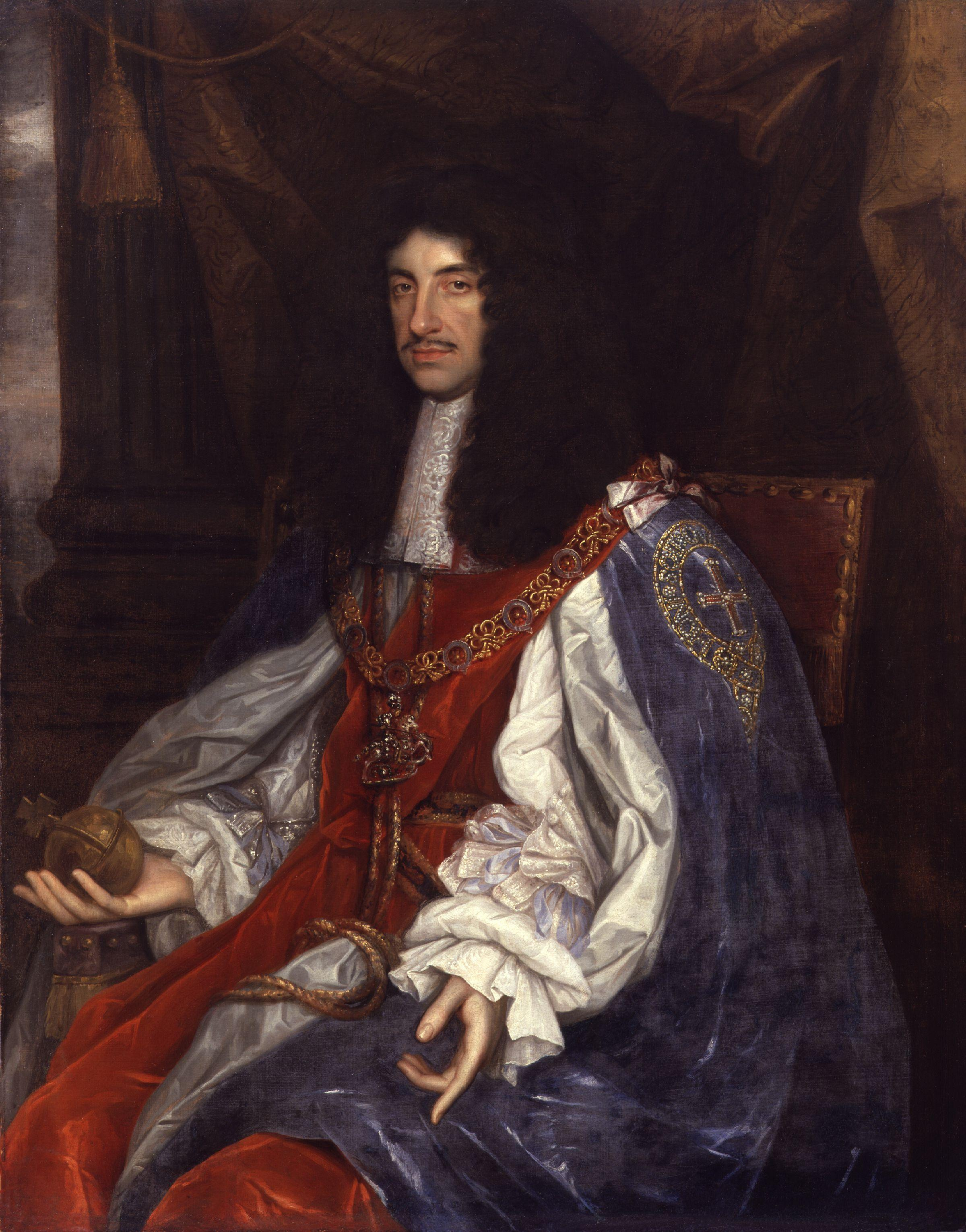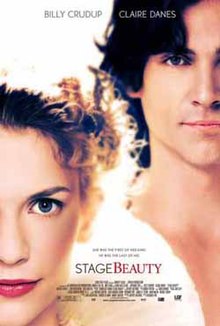Characters and Plot
 This comedy sees character Mellefont, nephew and prospective heir of Lord Touchwood, about to marry Cynthia, daughter of Sir Paul Plyant. Lady Touchwood, a violent and dissolute woman, is in love with Mellefont, but as he rejects her advances, determines to prevent the match and ruin him in Lord Touchwood's esteem. In this design she finds a confederate in Maskwell, the Double Dealer, who has been her lover, pretends to be Mellefont's friend, and aspires to cheat him of Cynthia and get her for himself. To this end he leads Plyant to suspect an intrigue between Mellefont and Lady Plyant, and Touchwood an intrigue between Mellefont and Lady Touchwood; and contrives that Touchwood shall find Mellefont in the latter's chamber.
This comedy sees character Mellefont, nephew and prospective heir of Lord Touchwood, about to marry Cynthia, daughter of Sir Paul Plyant. Lady Touchwood, a violent and dissolute woman, is in love with Mellefont, but as he rejects her advances, determines to prevent the match and ruin him in Lord Touchwood's esteem. In this design she finds a confederate in Maskwell, the Double Dealer, who has been her lover, pretends to be Mellefont's friend, and aspires to cheat him of Cynthia and get her for himself. To this end he leads Plyant to suspect an intrigue between Mellefont and Lady Plyant, and Touchwood an intrigue between Mellefont and Lady Touchwood; and contrives that Touchwood shall find Mellefont in the latter's chamber.Mellefont is disinherited and Cynthia is to be made over to Maskwell. The latter's plot, however, here goes wrong. Lord Touchwood informs Lady Touchwood of Maskwell's intention to marry Cynthia. This awakens her jealousy. She finds Maskwell and rebukes him, and is overheard by Lord Touchwood, who now perceives Maskwell's treachery, and defeats his final attempt to carry off Cynthia.
English Civil War
The English Civil War started in 1642 when Charles I raised his royal standard in Nottingham. The split between Charles and Parliament was such that neither side was willing to back down over the principles that they held and war was inevitable as a way in which all problems could be solved. The country split into those who supported the king and those who supported Parliament – the classic ingredients for a civil war.
As with most wars during the C17th, the English Civil War was not a long continuous war. Armies lacked mobility and the time taken to collect the most basic of equipment meant that there were long periods of time when no fighting was taking place despite England being at war at the time. The weather was also a major determining factor in whether armies could fight or not. Roads were no more than tracks and the winter could cut them up to make them beyond use. Therefore moving any armies around would be very difficult.
Cromwell was a Puritan. He was a highly religious man who believed that everybody should lead their lives according to what was written in the Bible. The word "Puritan" means that followers had a pure soul and lived a good life. Cromwell believed that everybody else in England should follow his example.
One of the main beliefs of the Puritans was that if you worked hard, you would get to Heaven. Pointless enjoyment was frowned upon. Cromwell shut many inns and the theatres were all closed down. Most sports were banned. Boys caught playing football on a Sunday could be whipped as a punishment. Swearing was punished by a fine, though those who kept swearing could be sent to prison.
Cromwell believed that women and girls should dress in a proper manner. Make-up was banned. Puritan leaders and soldiers would roam the streets of towns and scrub off any make-up found on unsuspecting women. Too colourful dresses were banned. A Puritan lady wore a long black dress that covered her almost from neck to toes. She wore a white apron and her hair was bunched up behind a white head-dress. Puritan men wore black clothes and short hair.
By the end of his life, both Cromwell and the 11 major-generals who helped to run the country, had become hated people. The population was tired of having strict rules forced onto them. Cromwell died in September 1658. He was buried in Westminster Abbey. This is where kings and queens were buried. His son, Richard, took over leadership of the country. However, Richard was clearly not up to the task and in 1660 he left the job. In that year, 1660, Charles II was asked to return to become king of England. One of Charles’ first orders was that Cromwell’s body should be dug up and put on 'trial' as a traitor and regicide (someone who is responsible for the execution/murder of a king or queen). His body was put on trial, found guilty and symbolically hanged from a gallows at Tyburn (near Hyde Park, London).
http://www.historylearningsite.co.uk/cromwell_england.htm
 Charles II and the changes he made to Theatre
Charles II and the changes he made to TheatreIn 1660 Charles II returned to England from his exile in France, restoring the monarchy. This period, known as the Restoration, was a time of renewal for British theatre . The flamboyant Charles II was a huge patron of theatre and helped breathe new life into British drama. A patent was even issued for two new theatre companies. Led by William Davenant, the Duke's Men was for younger performers, while older, more experienced actors were in The King's Company, led by Thomas Killigrew . While the two companies created new opportunities theatrically, their monopoly on performances hampered the growth of British theatre.
After the Restoration in 1660, Charles II brought an innovative addition to the English theatre: women were allowed to take the stage as actresses. The novelty of having women on stage created something of a stir, but for the most part the reaction of the public was positive, especially that of the young men who regularly chose their mistresses from the ranks of the new professionals. Many of the new actresses were women who intentionally used their position to achieve liaisons with titled gentlemen and thus increase their meager income. One of the most famous was of course Nell Gwyn, who became the mistress of Charles II.
Despite their popularity, women did not enjoy the same status as men in the theatre. Their pay did not equal that of their male colleagues, and while many male actors became playwrights, very few women made the transition. One of the few who did, Charlotte Charke, wrote a total of three plays.
http://www.lit-arts.net/Behn/theater.htm
Playwright
William Congreve (1670–1729), English poet and playwright of the Restoration period in the 17th and 18th centuries, his comic plays have enjoyed a distinguished place in history, including The Old Batchelor (1693), and Love for Love (1694). It was while writing poetry and working on translations that Congreve made his first entrance into London's literary world, publishing under the pseudonym "Cleophil" Incognita (1692), "an Essay". His influences were many including Plato, Epictetus, Aesop, Cervantes, and Shakespeare.
How The Stage Was Set
The theatres of the 17th and 18th century were very much smaller than the period beforehand. They held around 500 people in total and the performance took place in closed room with artificial lighting like candles. Where we are used to sitting in the dark in theatres today in the restoration period the audience were completely illuminated as was the whole theatre, this was because the people of a higher class were interested in presenting themselves to the public. We also sit during a performance while the majority of people stood back then. There was no curtain in restoration theatres so the changes of scene had to take place in front of an audience. Restoration plays did not aim to create a sense of realism but they created a highly stylised image of scenery, characters and the subject matter because of this however most of the audience could not take the play seriously and would talk loudly through the whole play. For our restoration performance we are using a proscenium stage to provide the best view for our audiences. We also have the flats which on one side is the gallery (the communal area) and Lady Touchwood's chamber. The gallery is yellow with paintings, while Lady Touchwood's is a dark pink, maybe to show her passionate attitude. Just like in the Restoration era we are also changing the scenes in front of the audience, so they'll be able to know which seen is set where.
Famous Actresses
 |
| Margaret Hughes |
 |
| Nell Gwyn |
Stage Beauty and How it Links to Gender Roles
 For my research blog I watched a movie called "Stage Beauty" which starts off with the actors on stage and the males playing the female rolls, while the actual women were backstage helping out. As the movie progresses you see King Charles II allow women to act (including his mistress Nell Gwynn - an aspiring actress) and that men must play men characters. It's a great storyline as it doesn't just show women finally being allowed to act on stage but it shows men struggling to play men. When the men did play women they were treated like women in real life too. Other men would touch them inappropriately, like they were objects, and talk to them like they were beneath them.
For my research blog I watched a movie called "Stage Beauty" which starts off with the actors on stage and the males playing the female rolls, while the actual women were backstage helping out. As the movie progresses you see King Charles II allow women to act (including his mistress Nell Gwynn - an aspiring actress) and that men must play men characters. It's a great storyline as it doesn't just show women finally being allowed to act on stage but it shows men struggling to play men. When the men did play women they were treated like women in real life too. Other men would touch them inappropriately, like they were objects, and talk to them like they were beneath them.The way the men acted like women was always very beautiful and graceful, even in death. But when women took the stage they showed the audience the reality and how women are, they are not always graceful and beautiful. They make mistakes and are not perfect.
One of the quotes from the movie is the character Maria explaining to a man who played a woman why the death scene never used to work for him. Maria: "Your old tutor did you a great disservice, Mr. Kynaston. He taught you how to speak, and swoon, and toss your head but he never taught you how to suffer like a woman, or love like a woman. He trapped a man in a woman's form and left you there to die! I always hated you as Desdemona. You never fought! You just died, beautifully. No woman would die like that, no matter how much she loved him. A woman would fight!" She's saying that women are strong and not helpless and this links to our play (explained in Themes of Our Play).
Themes of Our Play
Some of the themes that run through the play are;
- Manipulation
- Lust
- Love
- Deceit
- Misinterpretation
- War of the Sexes

Great work Yasmin. Very comprehensive research. Use this as a working document which you can add too (insert a date each time if you do) or add on to separate entries. Either is fine.
ReplyDeleteGood work Yasmin. Just something to add to your blog to push up your grade; include some examples of how the play may have been staged and theatre conditions of the original time of the play and how this could also impact and influence on a contemporary audience.
ReplyDelete